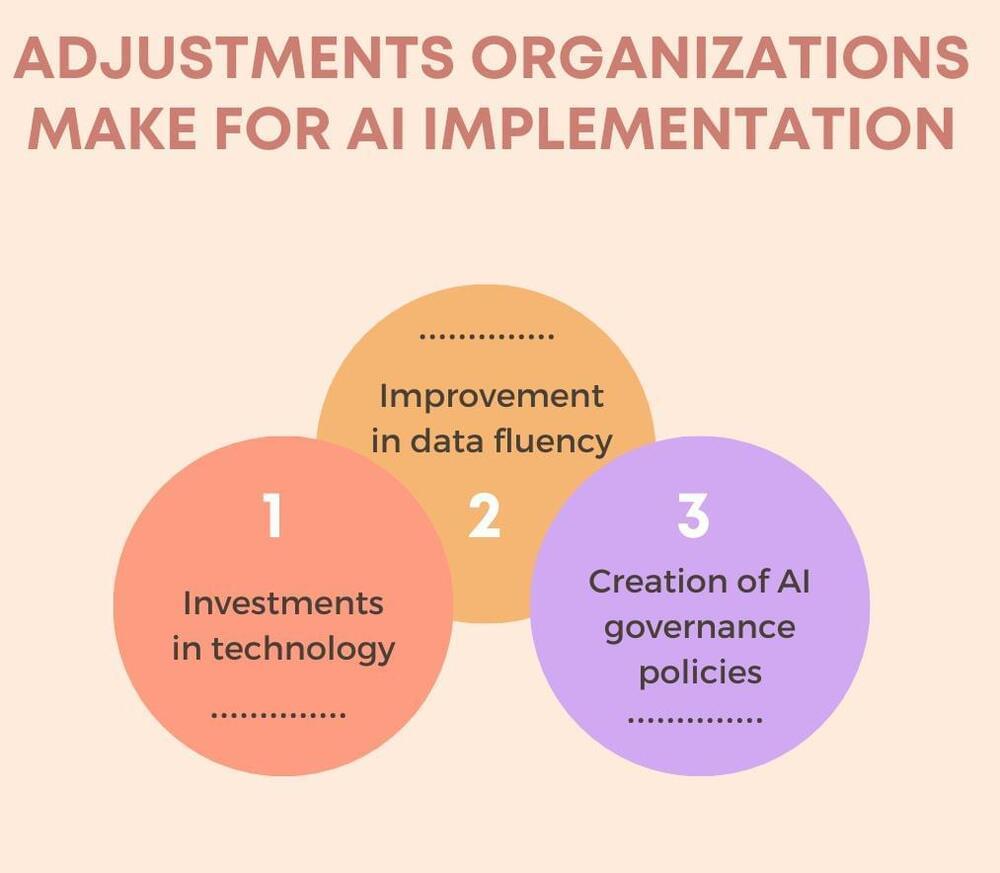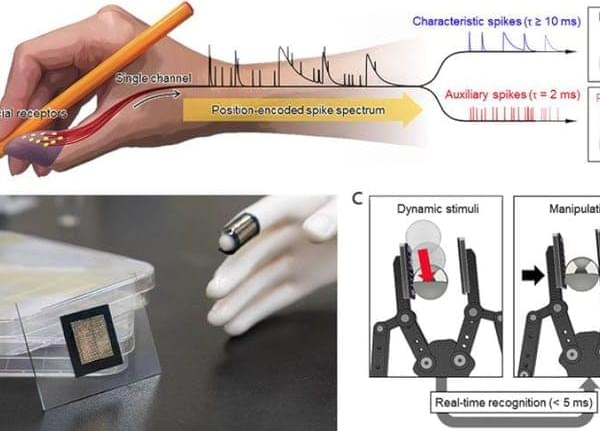Get the latest international news and world events from around the world.

Our Anxiety Level Should Decrease As The Day Goes On. For Some People, It Doesn’t
“At healthy levels, worry can help us anticipate threats and prepare for the future,” says Rebecca C. Cox, the lead author of the research from the Department of Integrative Psychology, University of Colorado, Boulder. “Worry can become a cause for concern if the frequency or intensity of the worry is disproportionate to the source of the worry. If I’m so worried about an upcoming test that I can’t focus on studying, or I’m so frequently worried about storms that I don’t leave my house, then worry has crossed into a problematic range.”
According to previous research, in those with generalized anxiety disorder, worry may function to keep anxiety at a high but predictable level to avoid experiencing an unexpected shift in emotion.
To** **investigate this on a day-to-day level, Cox and her team asked participants to respond to daily survey prompts in the morning, afternoon, and evening to indicate how anxious they felt in that moment. This method, called ecological momentary assessment, is often employed by psychologists to measure emotions in real-time.
Full Story:
New research suggests excessive worrying does more harm than good.

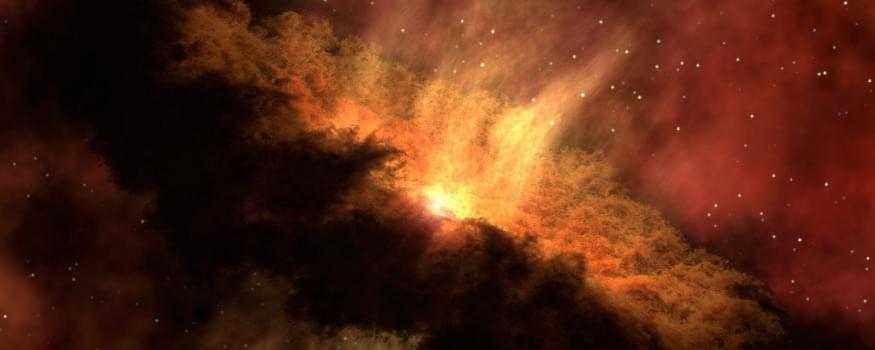
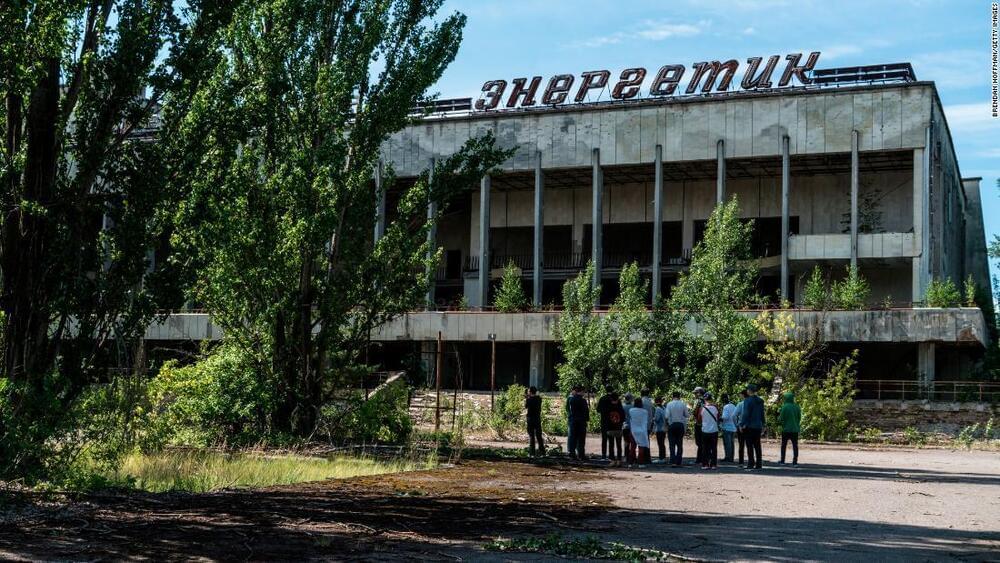
Russian forces seize control of Chernobyl nuclear plant, Ukrainian official says
Russian forces have seized control of the Chernobyl power plant in northern Ukraine, the site of the world’s worst nuclear disaster, according to the agency that manages the area.
Troops overran the plant on the first day of Russia’s multi-pronged invasion of Ukraine, a spokesperson for the State Agency of Ukraine on Exclusion Zone Management, Yevgeniya Kuznetsovа, told CNN.
“When I came to the office today in the morning (in Kyiv), it turned out that the (Chernobyl nuclear power plant) management had left. So there was no one to give instructions or defend,” she said.
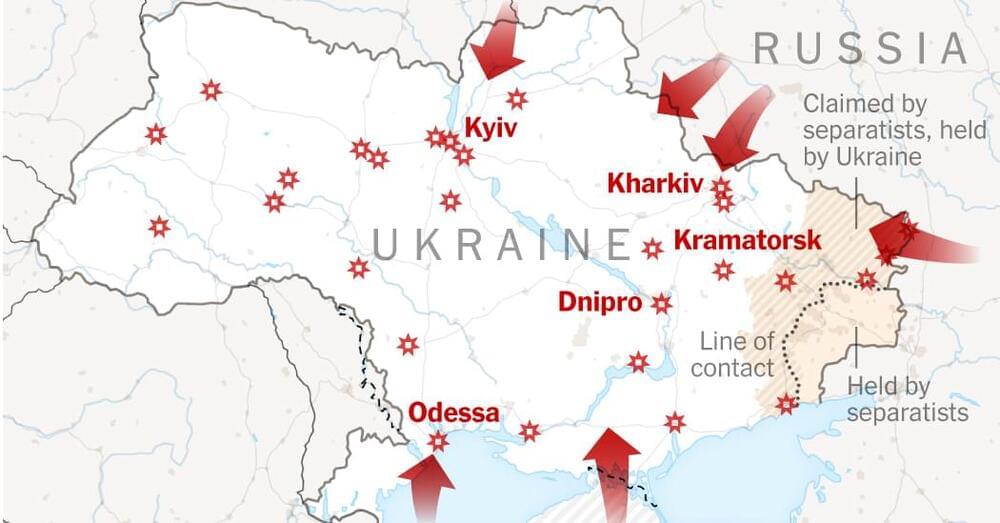

How the tech industry is responding to Russia’s invasion of Ukraine
The invasion was met with sharp rebuke from the United States, the European Union and NATO allies, with broad, unprecedented financial and diplomatic sanctions promised against Russia, sanctions that are likely to affect business, trade and finance across the region.
The impacts of the invasion are also, undoubtedly, being felt across Ukraine’s wider tech ecosystem, which includes not only hundreds of startups and larger tech firms, but also research and development offices for some of the world’s biggest technology brands.
As the situation on the ground changes rapidly over the next few hours and days, TechCrunch will continue to bring news and analysis on how the conflict unfolds across the tech and startup community.
